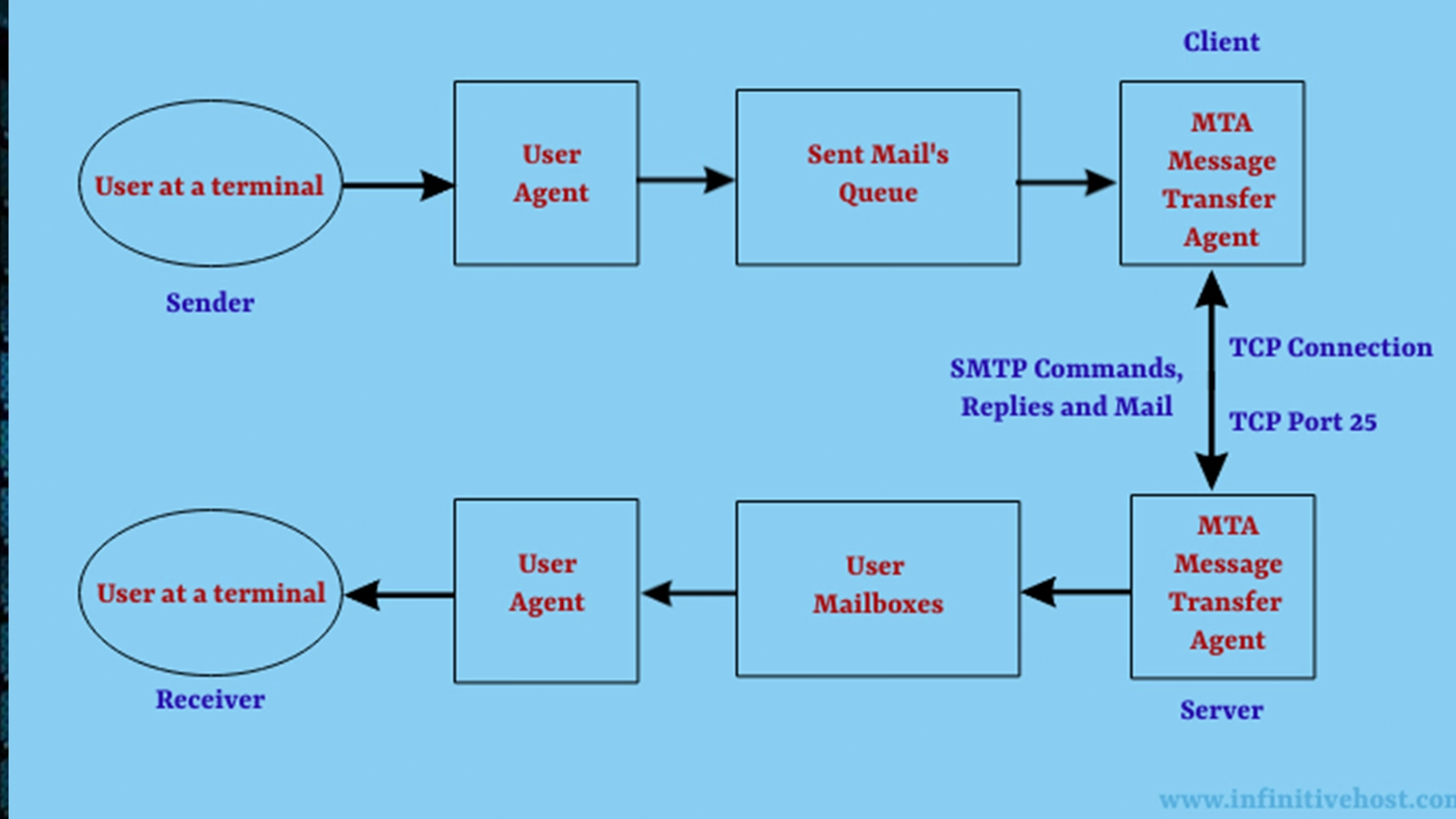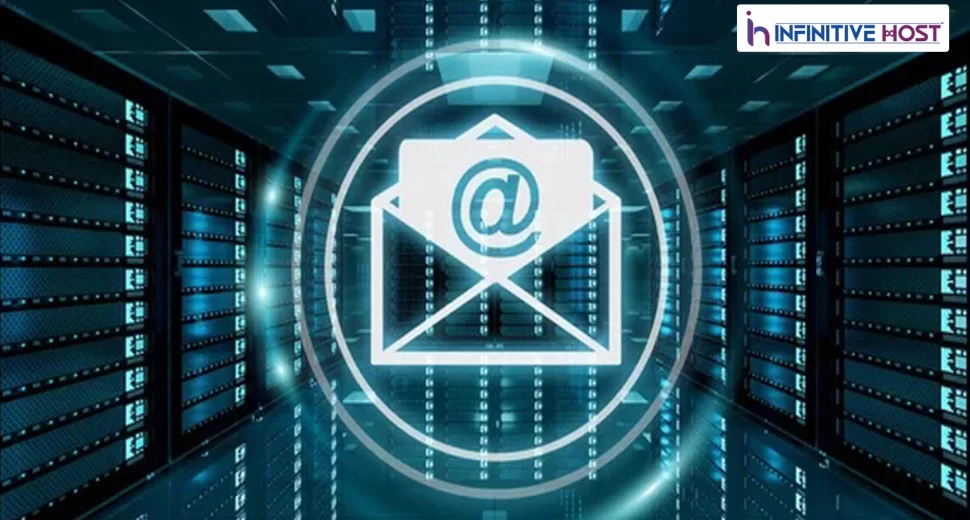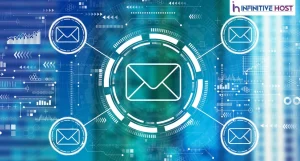Most of us probably send and receive dozens of emails every day without giving them much thought. Emails, both received and sent, serve as a means of communication between people all over the world. The unassuming email server is the unsung hero behind all electronic correspondence.
Email servers are the backbone of modern electronic communication and their absence would cripple the internet. An email server is defined. The name itself provides a major hint: What we commonly refer to as “email” or a “mail server” is actually a computer that runs a program called a “mail transfer agent” (MTA). The primary use for it is to send and receive emails.
In this article, we will discuss what a mail server is and how it functions for users on the same local network. You will be able to describe an email client with authority and name the main protocols used for sending and receiving emails.
Read More : Does Zimbra Server Have Zero-Day Exploit Vulnerability For Log4j ?
How does a mail server work?

In operation, email servers are not dissimilar from other types of servers. Emails are one example of a type of information that needs to be routed across a network, and these servers are responsible for doing just that.
The Domain Name System (DNS) and the IP addresses appended to emails are used by email servers to ensure that messages are sent directly to the intended domain.
Any given mail server (for example, Microsoft Exchange Server) is either responsible for distributing outgoing email (like an SMTP server) or for retrieving and managing incoming email (like a POP3 server), depending on the server settings (like an IMAP server).
Like most complicated procedures, explaining how an email is sent, transported, and received is probably best explained by walking through the whole system step by step.
1. A computer is used by the sender to access their email account and compose the message. In addition to the message, they must also enter the recipient’s email address before sending.
2. First, the message is transmitted to the SMTP servers. Here, the server checks the Domain Name System (DNS) records to convert the domain names in the email addresses into IP addresses.
3. If the recipient domain is on the same network, the sending server can forward the message directly to the intended IMAP server.
4. However, the initial SMTP server will rely on unrelated SMTP servers to route the mail if it is addressed to a domain on an IMAP server in a different network.
5. When all is said and done, an incoming mail server will transfer any and all messages to the recipient’s machine via a protocol such as IMAP or POP. When the message is delivered, it will appear in the inbox of the recipient’s account.
Simple Mail Transfer Protocol (SMTP)
When it comes to sending emails, the most widely used protocol is the Simple Mail Transfer Protocol. Since this is the universally accepted protocol for outgoing mail servers, it makes sense.
When users initiate mail transmissions (by pressing the “send” button on an email client), SMTP is the protocol that is invoked initially. When an email is sent, the sending client establishes a connection to the receiving SMTP server.
At this point, the server will send a request to the client for information. Such information includes:
* SMTP Server Name
* The email address of the recipient
* Where the email was sent from
* Details of the email’s contents
If both sender and recipient email addresses belong to the same domain, then the SMTP server can deliver the message locally, without having to go through any intermediate servers. In any other case, the SMTP server will look up the correct IP address for the recipient’s email domain in the Domain Name System.
MAP (Internet Protocol for Accessing Messages) (IMAP)
Incoming mail servers typically make use of a protocol called Internet Message Access Protocol (IMAP). This communication standard controls the sending and receiving of electronic mail. As a result, it is unable to send emails but can only receive them.
You may recall the SMTP explanation from earlier. This method of sending emails relies on remote mail servers. The domain of the recipient’s email address determines which incoming mail server it is sent to.
It is the responsibility of IMAP to retrieve emails and transport them from IMAP servers to the recipients’ inboxes once they have reached the recipient’s server.
When you log in to your email account, IMAP will contact your mail server and download your messages before delivering them to your client.
Post Office Protocol (POP)
The Post Office Protocol (POP) is another type of email server protocol that focuses on incoming mail. It communicates with mail servers and delivers messages to end users’ inboxes. POP3, or Post Office Protocol version 3, is by far the most popular version.
What is a mail client?
In order to send and receive emails, hardware known as “mail servers” is required, while the software known as “email clients” is responsible for doing so. There is a clear distinction between an email client and a mail server. The latter is what mail servers do, processing emails for a large number of users. As an added bonus, it lets a system administrator control user access. When used by a single user, however, an email client’s sole purpose is to facilitate the transmission, reception, and management of that user’s email.
Read More : A Beginner’s Guide To AWS CloudFront
Conclusion
The importance of the email server to email communication over the internet should now be clear to you. Each email server, equipped with only an IP address, can process emails going to and from accounts anywhere in the world. The mail servers that deliver your email to the recipient are the same regardless of whether you send it from a smartphone, tablet, laptop, or even a smart refrigerator.




